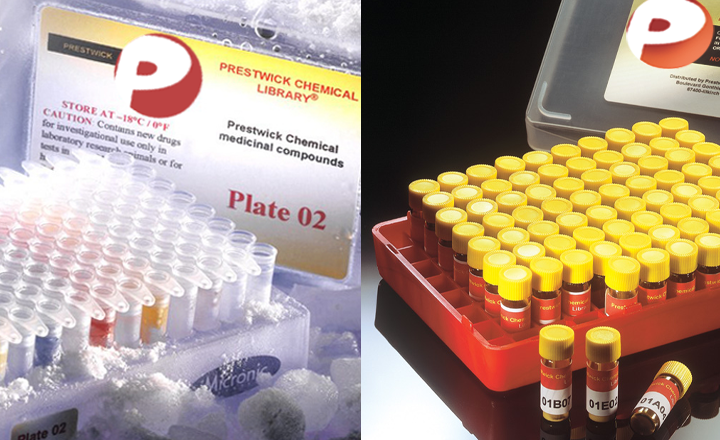A New Use for Old Drugs: Identifying Compounds with an Anti-Obesity Effect Using a High through-Put Semi-Automated Caenorhabditis Elegans Screening Platform
Haerkens, F.; Kikken, C.; Kirkels, L.; van Amstel, M.; Wouters, W.; van Doornmalen, E.; Francke, C.; Hughes, S.
Heliyon 8 (8), e10108 (2022)
Obesity is one of the most common global health problems for all age groups with obese people at risk of a variety of associated health complications. Consequently, there is a need to develop new therapies that lower body fat without the side effects. However, obesity is a complex and systemic disease, so that in vitro results are not easily translatable to clinical situations. A promising way to circumnavigate these issues is to reposition already approved drugs for new treatments, enabling a more streamlined drug discovery process due to the availability of pre-existing pharmacological and toxicological datasets. Chemical libraries, such as the Prestwick Chemical Library of 1200 FDA approved drugs, are available for this purpose. We have developed a simple semi-automated whole-organism approach to screening the Prestwick Chemical Library for those compounds which reduce fat content using the model organism Caenorhabditis elegans. Our whole-organism approach to high-throughput screening identified 9 “lead” compounds that reduced fat within 2 weeks in the model. Further screening and analysis provided 4 “hit” compounds (Midodrine, Vinpocetine, Fenoprofen and Lamivudine) that showed significant promise as drugs to reduce fat levels. The effects of these candidates were found to further reduce fat content in nematodes where an nhr-49/PPAR mutation resulted in “overweight” worms. Upon unblinding the “hit” compounds, they were found to have recently been shown to have anti-obesity effects in mammalian models too. In developing a whole-animal chemical screen to identify pharmacological agents as potential anti-obesity compounds, we demonstrate how chemical libraries can be rapidly and relatively cheaply profiled for active hits. Using the nematode Caenorhabditis elegans thus enables drugs to be assessed for applicability in humans and provides a new incentive to explore drug repurposing as a feasible and efficient way to identify new anti-obesity compounds.


